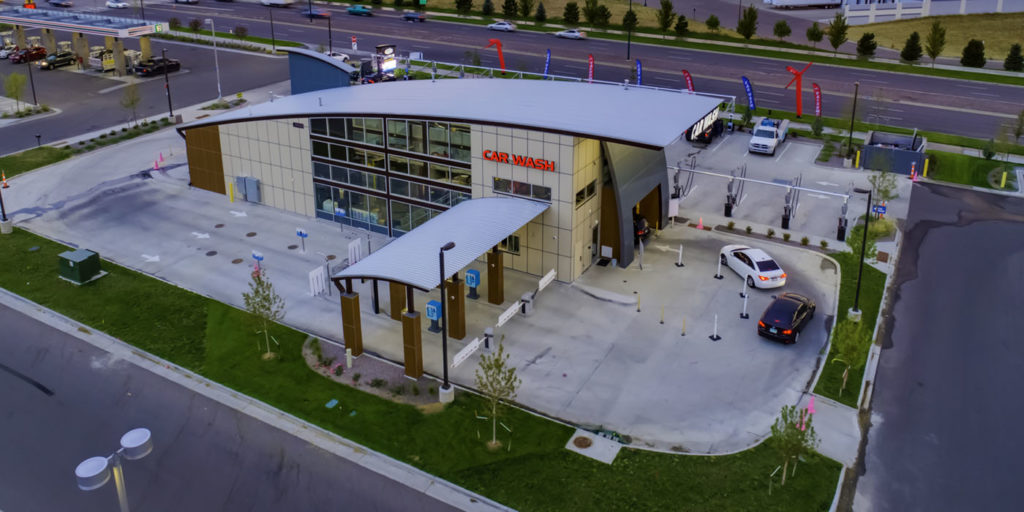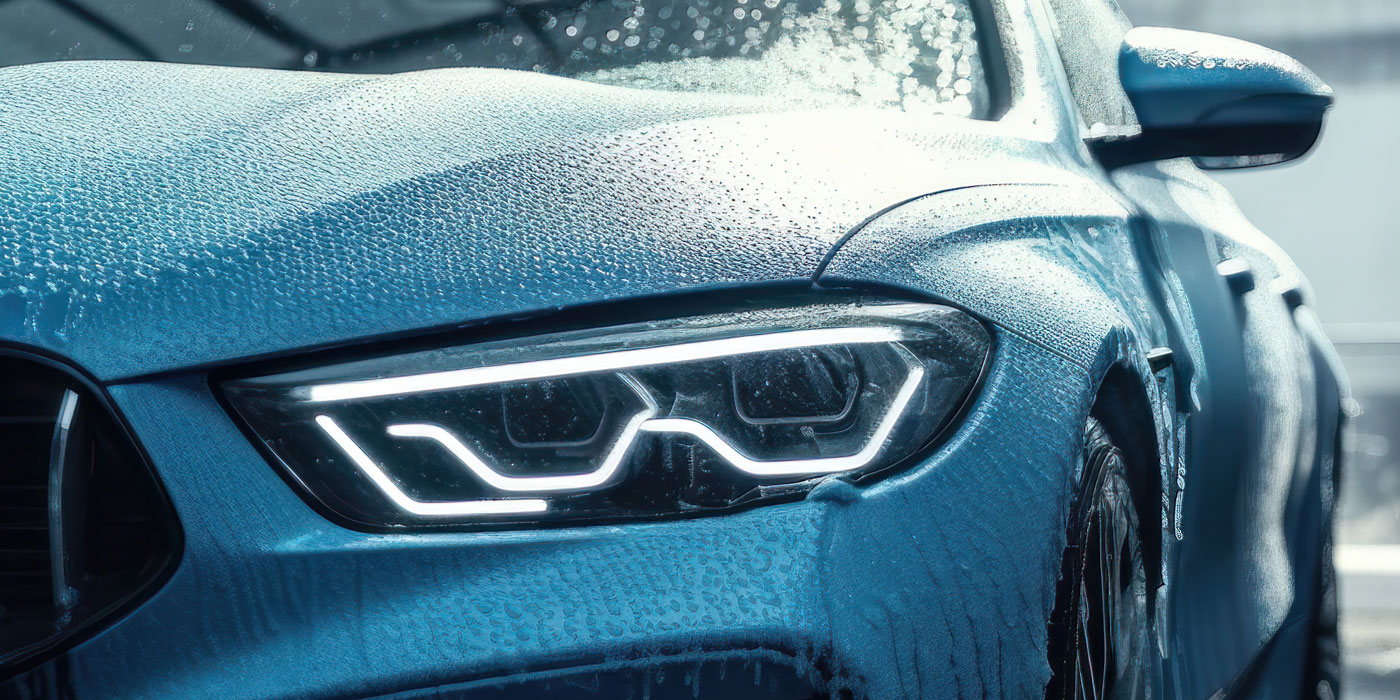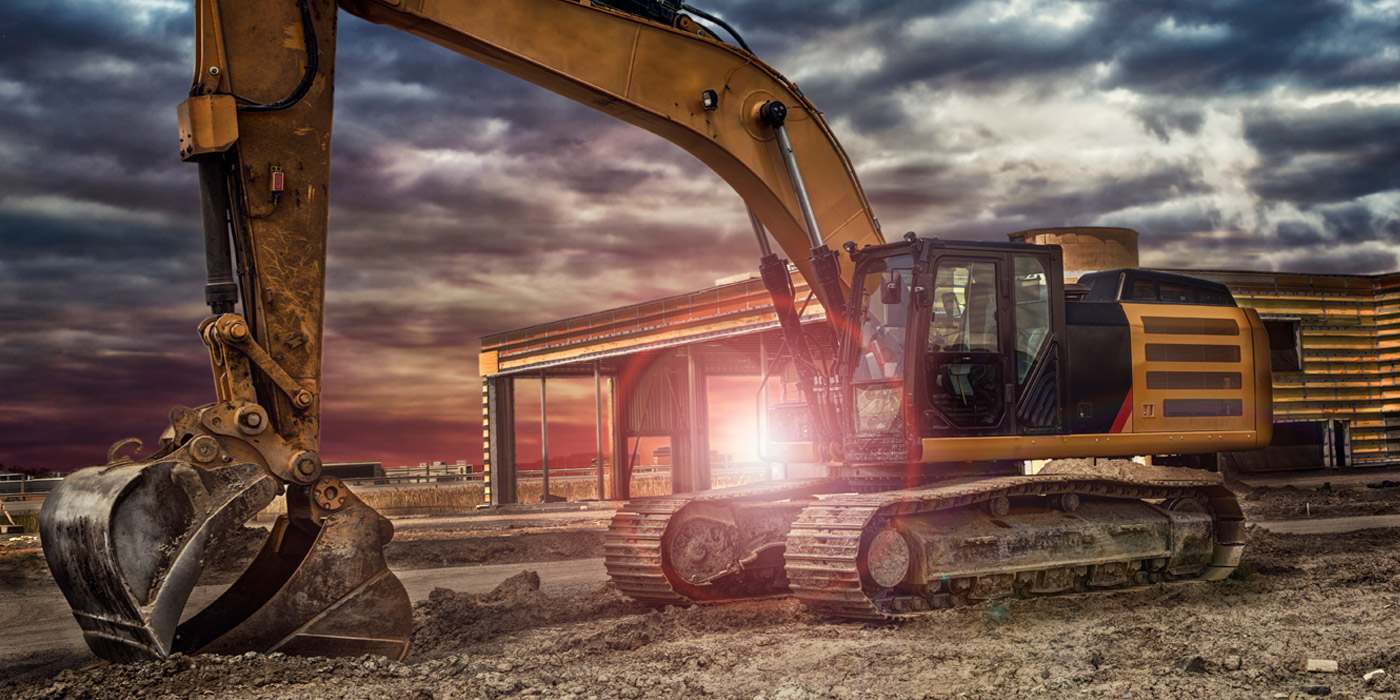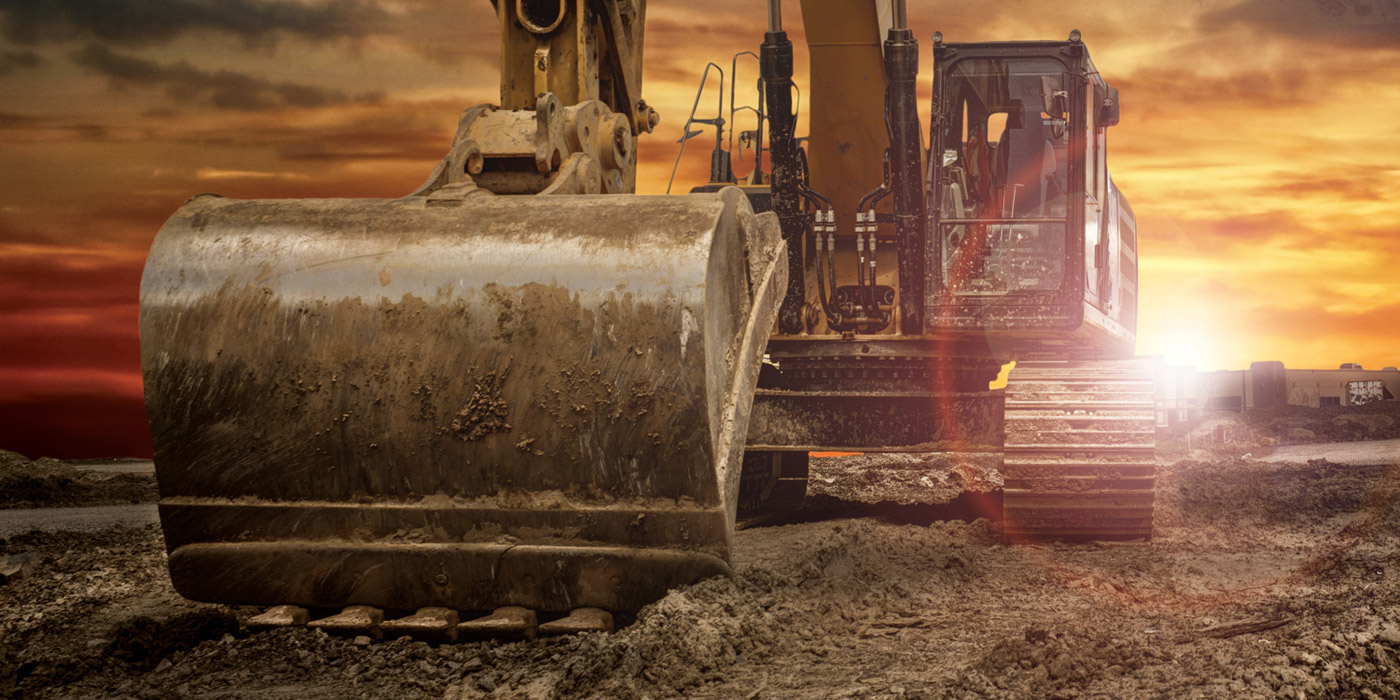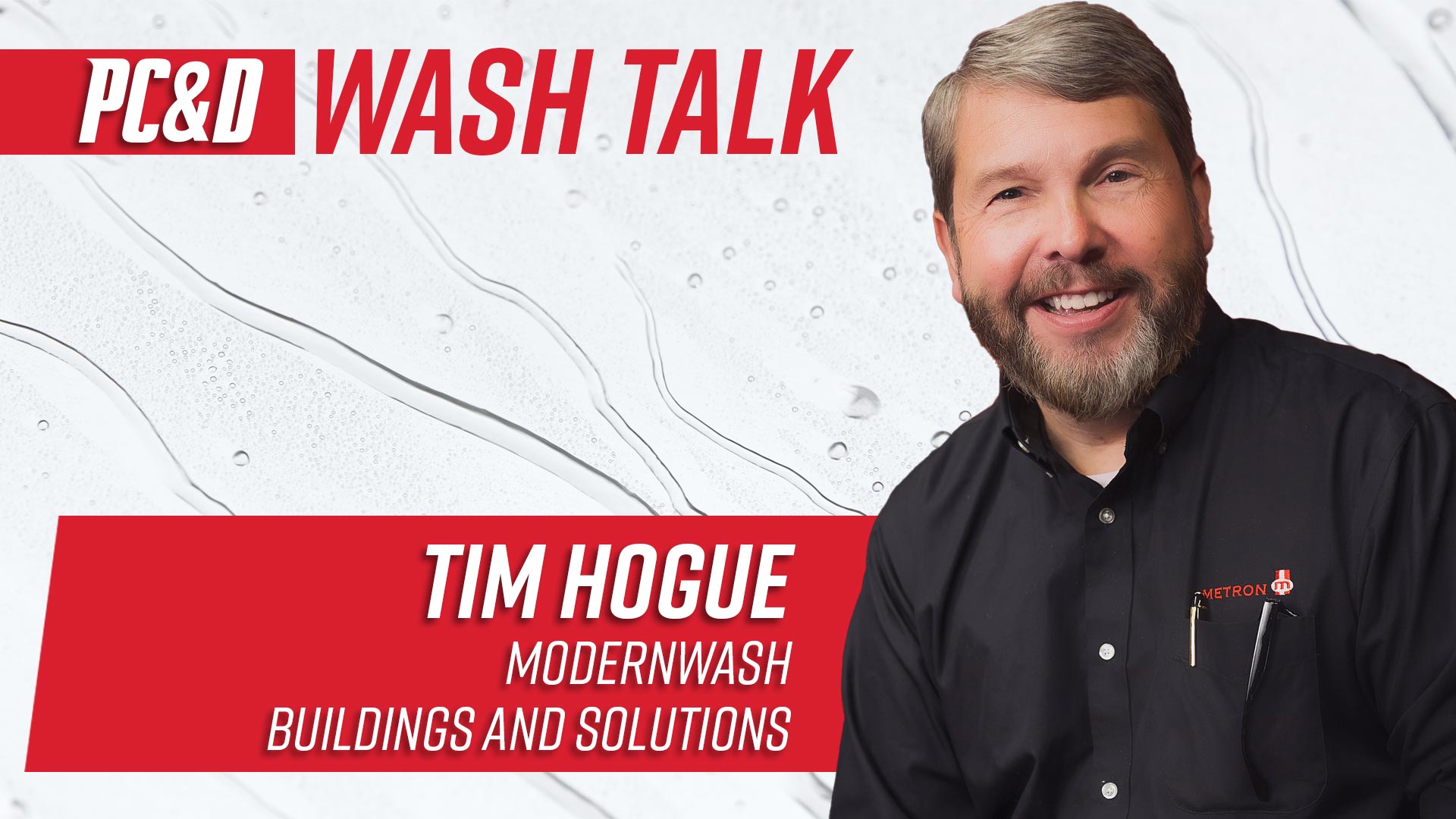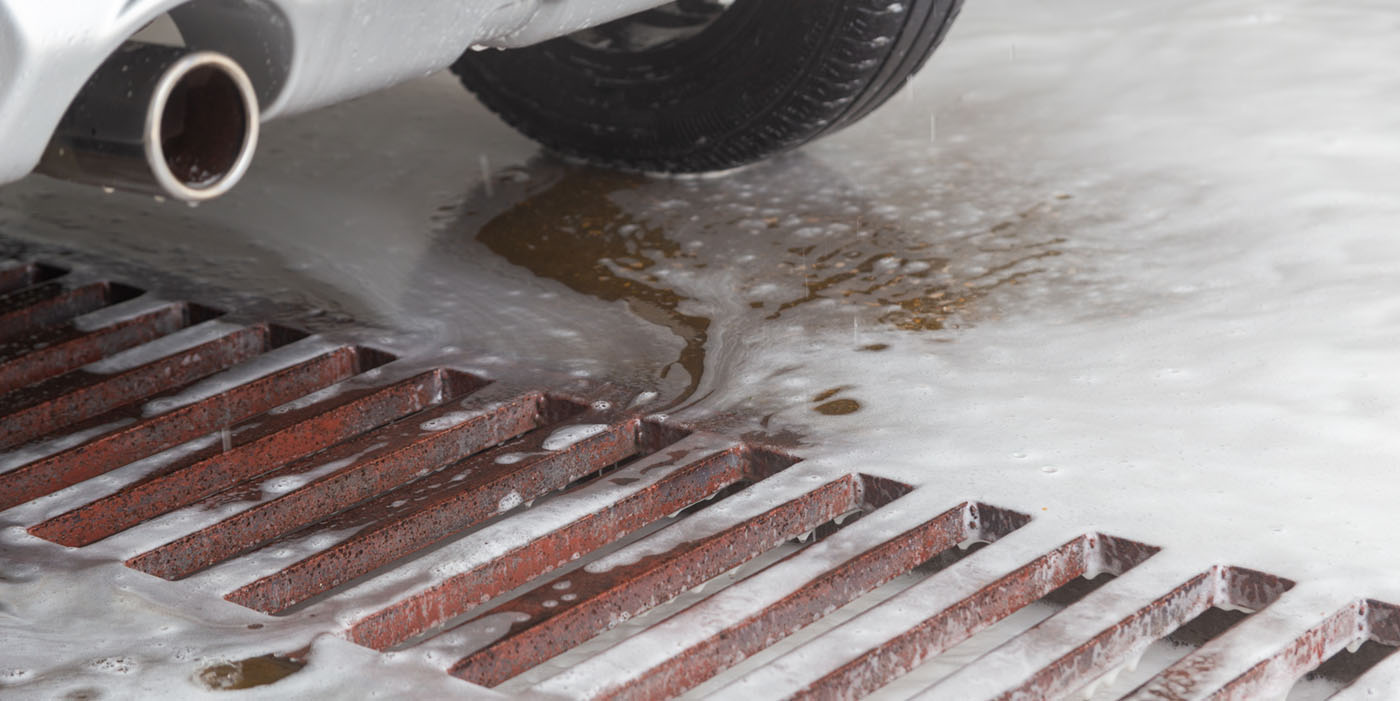There’s significant risk starting a new carwash. That can be said for any potentially profitable business, which is why due diligence and the details matter from the start. When going through site selection early on in the process, owner-operators and investors make important decisions that ultimately impact the business model, customer experience and long-term health of the business.
No time to read this article? Listen instead!
This article gives the carwash entrepreneur four reliable guideposts for site selection to reduce risk and increase their odds of success. They are:
- Know the fundamentals.
- Avoid surprises with planning.
- Find your competitive advantage.
- Consider paying a premium.
This article starts with the basics and moves to more advanced concepts of site selection. It dissects some of the industry rules of thumb, dives into market and competitive analysis, and explores the more qualitative, gut-level decisions that sometimes arise during site selection.
For example, practically every article ever written about site selection has included the words “location, location, location” — and for good reason: Location plays a significant role in the ultimate success of your business.
Related: Critical carwash site selection and design considerations
But, everyone knows that. Your competition knows that. Those are simply table stakes, and the search for the right plot of land is a more complex, dynamic process.
There is no one, right location. The inherent beauty of real estate is scarcity. Rare things are always valuable. That’s why real estate holds value and is a great investment. It’s also why it’s a critical part of opening a new carwash.
Know the fundamentals
The popularity of the conveyor express tunnel has expanded as an industry trend. It’s not the only option for your site, but it seems to be where a majority of conversations start.
An acre is a good size for an express tunnel. A relatively square site is an ideal shape to work with, although it’s not the only shape that works. Working with an industry expert — such as an equipment distributor, consultant, carwash builder or carwash financier — often includes a free preliminary site layout with no strings attached.
You can get away with less acreage for an in-bay automatic (IBA). If flex-serve or full-serve will be offered, consider a larger site in the range of 1.25 to 1.5 acres.
Start by looking at a three-, five- and seven-mile radius around your potential sites. An important point though: It’s not about distance. It’s about the customer experience. More specifically, it’s about the length of time a consumer has to travel, since most people wash their cars near where they live.
Pressure test the radius with eight- to 10-minute drives at different times of the week and day. Google Maps can also give accurate reads about travel time. Do directional maps in every direction to calculate drive times.
Having car counts of 25,000 to 30,000 that pass by the front of the business in a 24-hour period is another common rule of thumb for the carwash industry. It’s a good place to start. Are there carwashes with only 20,000 car counts that are succeeding? Absolutely. In fact, many owner-operators might overlook those sites if they follow the industry recommendations too literally.
If you find a location with a higher car count, be sure the site can handle that volume of business. Neither you nor your city want lines of cars that spill out onto the primary road.
Ensure the site has access to that traffic and that the traffic isn’t strictly commuter traffic that’s preoccupied with getting to work or getting back home. A divided road or obstructed highway might easily cut that traffic count by half.
“You almost always need to be close to some retail,” says Eric Hathaway, chief designer for Modernwash. “There needs to be some other draw. It could be a gas station, retail or some kind of a big-box store like a Target, Walmart or grocery store. There needs to be something within a half-mile radius.”
If building within an existing shopping center, know the advantages and disadvantages of that specific development in terms of customers. A mall or a highway convenience center might have a high traffic count, but those businesses might attract shoppers who are not in a carwash mindset. Look in your market for developments that attract busy Saturday traffic patterns, when you might also be busiest.
The speed of the road should be 45 miles per hour or less, with a turning lane or possible secondary road to optimize capture rate.
Look for 200 to 300 yards of visibility in either direction from the main road. Research your signage opportunities and restrictions with the local zoning and planning ordinances as well as the shopping center or retail development, if applicable.
Right turns are easy to make into a property. A right in, right out turning situation is ideal. A secondary road might provide an advantage if there’s a crush of cars backed up during peak hours that make it challenging to access your property from the primary road.
Think about the customer experience in that situation too. Is the traffic so busy or backed up at an intersection that they might decide to skip your business because of the inconvenience that comes along with pulling in? There’s potential revenue leaving your property.
Think about your site and calculate traffic at peak moments, not just averages or means. On Saturday when you might be busiest, calculate the potential requirements for ingress (customers entering the property) and egress (customers leaving the property) and the potential your site has to handle customer queuing (also called stacking) and otherwise moving cars through the pay station and into the carwash with ease.
Avoid surprises with planning
“We’re not building carwashes in utopia,” says Jason Wray, vice president of sales for Harrell’s Car Wash Systems. After 15 years in the carwash industry, Wray has led thousands of conversations with carwash investors. And while you can and should know all the fundamentals, those might not tell you the whole story. There’s no one-size-fits-all situation.
Setting the search for perfection aside, Wray relies on pro forma feasibility studies to help navigate the decision-making process with carwash investors. The best investment is time spent upfront on writing a business plan and validating that plan through a pro forma that compares upfront and ongoing costs to potential revenue over time.
A common occurrence is how some investors will enter into an initial conversation with Wray without that planning. Instead, they have a predetermined type of carwash in mind even though a site has not been selected or fully vetted.
Oftentimes, it’s the “Taj Mahal of carwashes,” says Wray, even though the sites being considered — and the related traffic patterns — may not support that model.
Sometimes it is the right move to go with the big, bold choice. Given all the variables at play, Wray starts with a feasibility study that runs numbers on traffic, population density, income levels and competition.
For new owner-operators, this might seem daunting; but you don’t have to be the expert.
“Surround yourself with people smarter than you,” recommends carwash owner Robbie Rather, a former banker who owns Fast Freddy’s Car Wash in Kentucky with three high-performing locations.
“It’s a small world,” says Rather, who has vetted hundreds of carwash sites in his career. “The main thing I’ve found is that there’s always someone local who knows how to get it done.”
Rather says that includes a local attorney, local realtor and individuals at the local planning and zoning offices.
Rather has an excellent realtor whom he trusts. He will start by asking her to research a market — not just to find locations but to find and connect with the people who know how to make things happen in that specific market.
Related: The maze of issues with zoning and permits
Once Rather knows who those main players and influencers are, he can make much faster, smarter decisions about the land options.
You should especially spend time knowing the design preferences and restrictions for different sites. Learn the city’s philosophy about design, and pay attention to what will or won’t fly. Listen in on some city council or planning meetings to pick up on potential concerns in advance.
For example, Rather recalls a scenario that looked perfect on paper: The site was located at the front of a Walmart shopping center surrounded by fast food restaurants with a 24-hour traffic count of 40,000 cars and a density of 25,000 to 50,000 cars located in the area.
“I drove it myself, and it just didn’t feel right,” recalls Rather. “You have to physically go to the site, sit on it and drive it yourself.”
As he drove various routes inside the three-mile radius around that property, he saw outdated, tired retail that didn’t show up as a detriment on the initial Google Maps searches. There was also a homeless population in a nearby tent city and an entire block that looked like a skid row scenario. Those landmarks typically don’t show up in a traffic and market analysis.
You can look for specific brands like Chick-fil-A, McDonald’s, Walmart and other similar brands who have already done the homework. Just remember: They’ve done the analysis for their business model, not yours.
Find your competitive advantage
Know your competition. Knowing the market is a must for your planning. If you’re not the expert, find some insiders and talk with them.
Most people will think of the current competition inside a three-mile radius. Just make sure they’re actually competition. Are they in your traffic pattern? If they’re on the other side of a divided highway, they might be one mile away but have very little to do with your revenue.
Also consider the strength of the competition. Is it an absentee owner-operator who isn’t paying attention to the finer details that make a difference? Is the site rundown? Does the building and landscaping look dated? Would you feel uncomfortable sending your family there or using it yourself?
It’s also worth considering your future competition. This means potentially building an impressive carwash as a way to play defense against future carwash investors who might be eyeing your market.
There’s an influx of the private equity firms and investors looking to get in the carwash game and, in some cases, run the mom-and-pop owner-operator out of town.
If you are the private equity firm, look for opportunities to outspend the one-off business while ingraining your business into the local community.
And, if you’re the mom-and-pop scenario, how do you defend against that future threat? Perhaps in addition to the premium location, it’s leveling up to invest in better technology, better customer service, superior marketing and a more stylish building.
“A building that stands out has everything to do with designing a unique customer experience,” says Timothy Hogue, CEO of Modernwash. “An outstanding building can take revenue from your competition by attracting customers looking for a more quality experience.”
Look at the habits of consumers in the area. Is it more of a do-it-yourself neighborhood, or are you located in more of a do-it-for-me part of town? More affluent, older residents might prefer the latter.
A working population is a benefit, since these people are likely using their cars on a regular basis, (although COVID-19 has challenged this assumption) and have more regular paychecks and disposable income.
There are also some 50% rules to keep in mind. Preferably, 50% of the market should be between 25 to 55 years old, and 50% of the market should earn more than $50,000 per year.
A blend of high-end residential, office and retail makes for an excellent mix. Make sure you know if there are any areas that have been designated as future retail developments. Understand where the residential and commercial market is growing. Has the city evolved away from the quaint downtown and re-centered itself? Are there new schools being built or in the planning stages? It’s good to understand all of this growth momentum.
Consider paying a premium
Take a page from the insurance industry playbook, which is built entirely around risk. We all pay “premiums” charged by insurance companies in order to insure against future risk. It works in the carwash business too. You might pay a little or a lot more upfront, but you weigh the ultimate benefits.
Site selection is not the time to try to find a bargain, unless your business model is aiming to be a hands-off, low-cost leader with a self-serve model, for example.
Most carwash owners would do well to stay focused on ways to provide additional value to customers that drive increased and incremental revenue while reducing risk in a competitive environment.
“You never want to be a block or two away from success,” says Wray. “The site might cost hundreds of thousands more than a relatively comparable property, but it might very well be worth every penny if it’s in an optimum spot.”
Paying a premium for property might also be in order, depending on the type of carwash you decide to build and the experience you decide to offer.
Twenty to 30 years ago, you could build a brick carwash, hang a shingle and run a decent carwash business. There are markets where that might still be true. Overall, that has changed drastically in the past decade.
“People’s minimum expectation these days is for a clean car,” concludes Wray. “The other half of the business is appealing to people’s senses and putting on a show.”
Conclusion
Understanding the fundamentals, avoiding surprises by planning ahead, finding your unique competitive advantage and paying a premium when it makes sense are a few strong guideposts to use when going through the site selection process.
If you’ve seen one carwash site, you’ve seen one carwash site. Each site has its own unique qualities. There’s no cookie-cutter template that will lead you to the exact right choice.
Use the available data and analysis to make an informed decision. But, also listen to your intuition, especially once you spend time on and around the site yourself while you envision your future business.
And, all the while, surround yourself with expertise and focus on how the site will elevate the customer experience, serve the market as well as outflank the competition.
It’s not a guarantee — but is often true — that the harder you work, the luckier you get.
Steve Turney has 20 years of experience leading marketing strategy, driving business development and creating valuable content. A former software, marketing and healthcare industry professional, he now runs marketing for Modernwash, a company designing and pre-engineering carwash structures that stand out in competitive markets. He also runs marketing and business development for Modernwash’s sister company, Metron Garage, which builds stylish structures for car collectors and auto enthusiasts. Explore more about Modernwash: www.modernwash.net.

